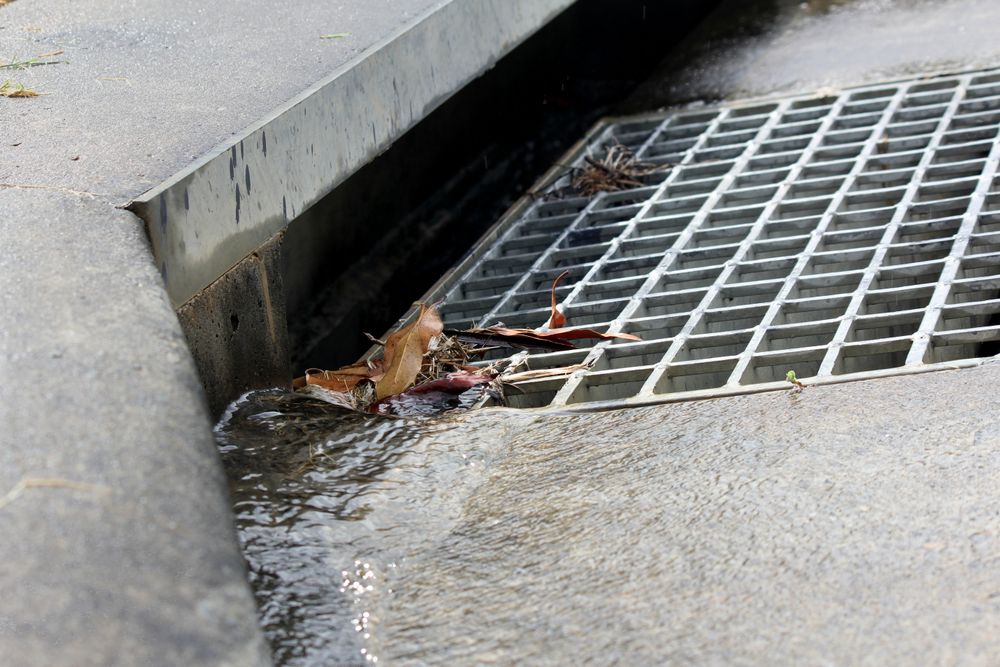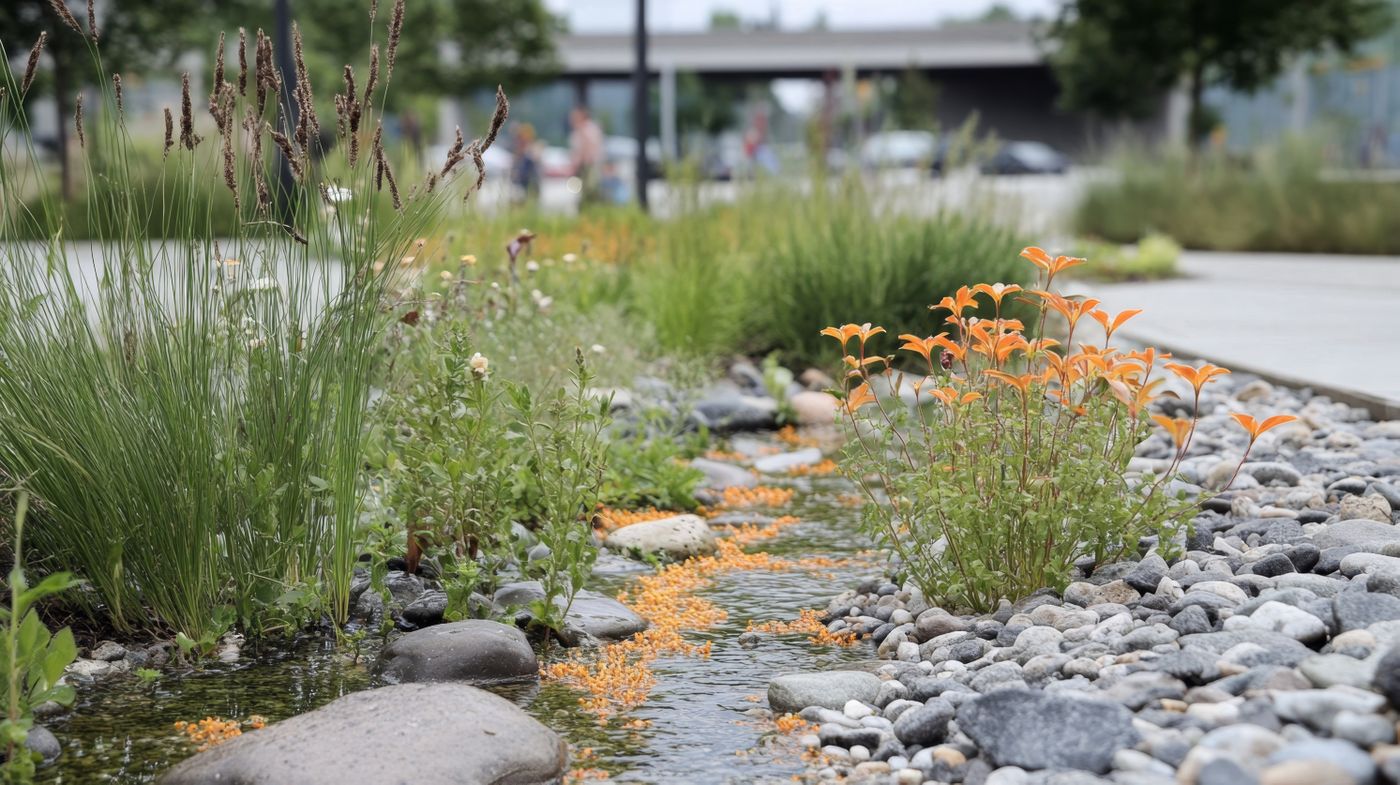Stormwater

What is Stormwater?
Stormwater is the rain that runs off roofs, streets, driveways, and other hard surfaces. Instead of soaking into the ground, this water flows into stormwater drains and often ends up in rivers or the ocean, carrying pollutants like litter, soil, and oil along the way.
Stormwater harvesting involves collecting, storing, and treating stormwater from urban areas so it can be reused for non-drinking purposes, such as irrigating parks, gardens, golf courses and sports fields. It helps make better use of rainfall and supports greener communities.
Can stormwater be used at home?
Stormwater can be used at home, collected in rainwater tanks for:
- Garden and lawn watering
- Flushing toilets
- Washing cars and outdoor areas
It is often used by local council for irrigating community spaces like parks and fields
What Are the Benefits?
- Saves drinking water for essential uses
- Reduces pollution and runoff into local waterways
- Supports green and blue infrastructure for better public health
- Helps prevent local flooding and erosion
- Enhances liveability and resilience during droughts
- Restores more natural water flows in urban areas

Things to Keep in Mind
Stormwater reuse depends on rainfall, so supply can vary. Schemes also need treatment and storage systems, making them relatively high cost. However, they provide long-term environmental, social, and livability benefits.
Stormwater harvesting turns rainfall into a valuable local water source, helping to green our towns and cities, reduce pollution, and ease pressure on drinking water supplies. While upfront investment is needed, the benefits for the environment and community are significant. Check with your local council or water provider to learn more.
/https://smart-approved-watermark-2-prd.s3.amazonaws.com/media/dd/images/Stormwater_hero.f37e0ce.jpg)